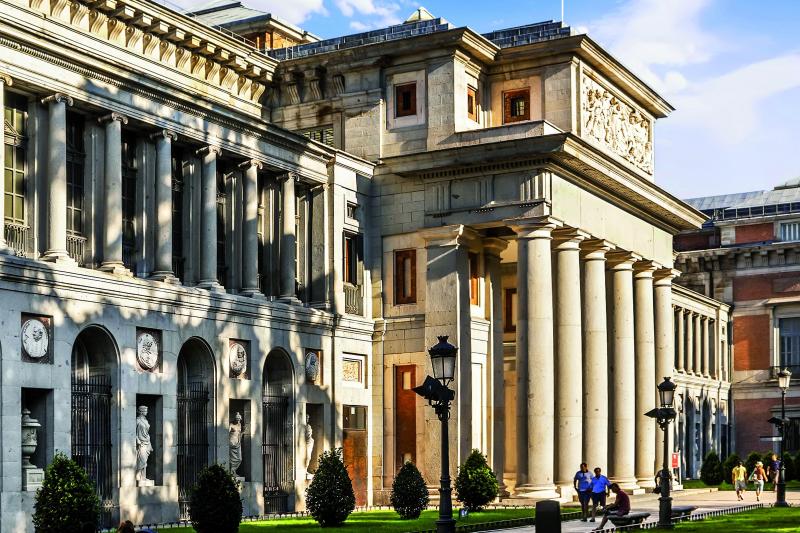
The Golden Triangle of Spanish Art Museum
Prado, Thyssen-Bornemisza, Reina Sofia Museum
Prado, Thyssen-Bornemisza, Reina Sofia Museum are famous as a Golden Triangle of Spanish Art Museum.
Visiting 3 best Spanish art museum in Madrid and soak yourself into the essence of the Spanish art world.
Hello, Travelers in Spain!
If you are an art lover, there are some places you shouldn’t miss out! Prado Museum is one of the best Spanish Art museum in the world with the numerous artworks. And Thyssen-Bornemisza museum proudly presents the second-largest private collection. Lastly, you can see the current and the future of Spanish arts in Reina Sofia contemporary arts museum.
Before we get into the museums, let’s find out the 3 painters representing Spanish art history.
Spain's three most beloved painters
El Greco (1 October, 1541 – 7 April, 1614)
A Greek painter was born in Crete, but he is one of the most important painter in Spanish Arts history. Doménikos Theotokópoulos was his original name and started to use “El Greco” (means “The Greek”) when he was studying in Venice. Then, trained Post-Byzantine art in Greece and enriched his style leaning Mannerism and the Venetian Renaissance in Italy. When El Grego moved to Spain in 1577 after he failed to get royal patronage, he worked for a variety of religious institutions.
His painting characterises extremely elongated figures and intense contrast, combined with Byzantine traditions and Renaissance painting. You can find his masterpieces in one of 3-Spanish Art Museum.
Diego Velázquez (6 June, 1599 – 6 August, 1660)
Diego Rodríguez de Silva y Velázquez was born in Seville who became one of the genius painters in 17th century of Spain. Moreover, he performed as the leading artist in the court of King Philip IV painting scores of portraits of the Spanish royal family and commoners.
No doubt, he was an individualistic artist of the contemporary Baroque period which influenced many 19th-century realist and impressionist painters.
Francisco de Goya (30 March, 1746 – 16 April, 1828)
Francisco José de Goya y Lucientes was a Spanish romantic painter and printmaker. Performed as a court painter, He left many works that become a foundation to be a representative of 18th-century Spanish painting. In other words, he is known as a genius painter who showed the beginning of Impressionism. Especially, away from classical tendencies. Also his destructive and extremely subjective sense and bold brush touches have influenced later painters. Eespecially, Edouard Manet and Pablo Picasso.
The Locations of Spanish Art Museum
“The Golden Triangle”
The Three Spanish Art Museum are in 5-15 mins walking distance.

What you can find in Ticket Here

Skip the Line Guided Tour: The best of Prado, Reina Sofia and Thyssen (Spanish Art Museum)
Guided tour visiting 3 golden triangles of Spanish Art Museum from Prado, Thyssen to Reina Sofia museums.
The tour starts at 10am to 3pm for 5hours, also a drink and a tapa included on a break after Thyssen tour.
Please click the link on the picture for more information.
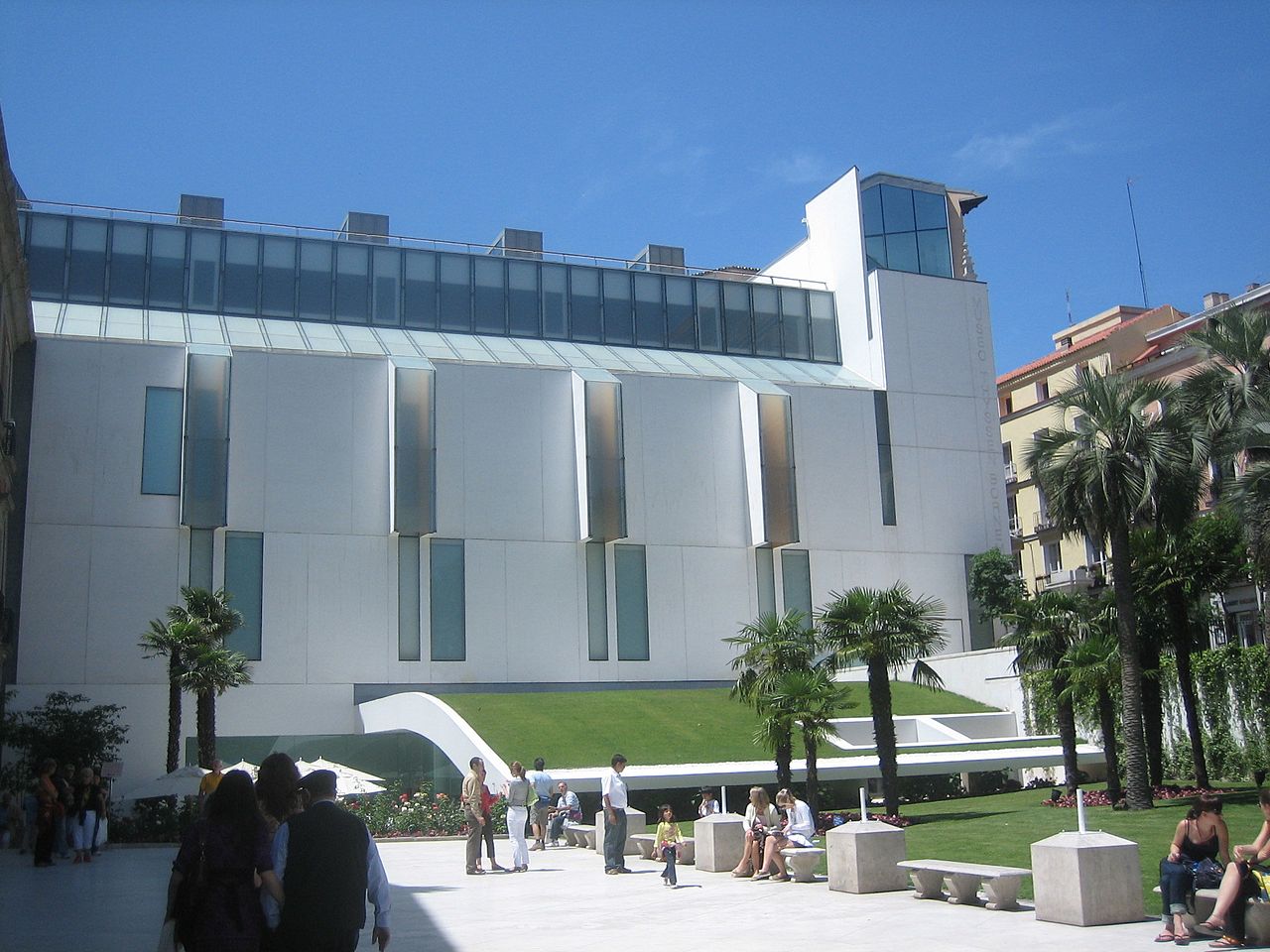
Skip the Line Thyssen Museum Guided Tour (Spanish Art Museum)
Guided tour visiting Thyssen museum to learn the most important private collections of paintings of the 20th century.
The tour starts at 11:45am to 12:30pm for 1.5hours, also the provided admission ticket is valid for all day.
Please click the link on the picture for more information.

Skip the line: Reina Sofia Guided Tour (Spanish Art Museum)
Guided tour visiting Reina Sofia museum to learn the backstories of modern arts.
The duration of the tour is 1.5 hours.
Noted that the provided admission ticket is valid for all day.
Please click the link on the picture for more information.

Skip the Line Guided Tour Prado Museum (Spanish Art Museum)
Guided tour visiting Prado museum to learn the most important Spanish arts and the royal collections.
The duration of the tour is 1.5 hours.
Noted that the provided admission ticket is valid for all day.
Please click the link on the picture for more information.
Spanish Art Museum - Prado Museum
(Museo Nacional del Prado)
“The largest, the most various, the most Spainsh like”

Prado museum (Spanish Art Museum) is one of the greatest art museums along with Louvre in Paris and Hermitage in Saint Petersburg. And founded on the Spanish Royal Collection. Additionally it proudly represents the world's finest collections of European art from the 12th to the early 20th century. Moreover, the collections are currently very famous because it contents around 8,200 drawings, 7,600 paintings, 4,800 prints, and 1,000 sculptures. Also, Prado museum exhibits only 10% of the collection even itself is a one of the largest museum in Spain because of this massive amount of art pieces. However, visitors can enjoy various viewing through the periodic painting replacement.
How to get to Prado Museum?
Calle Ruiz de Alarcón 23, 28014 Madrid
913 30 28 00
Metro: Atocha station (Blue Line L1) or Banco de Espana station (Red Line L2).
By Bus: Lines 9, 10, 14, 19, 27, 34, 37 and 45
Easily accessible entrances from the stations: Jerónimos Entrance or Goya Entrance on Felipe IV Street
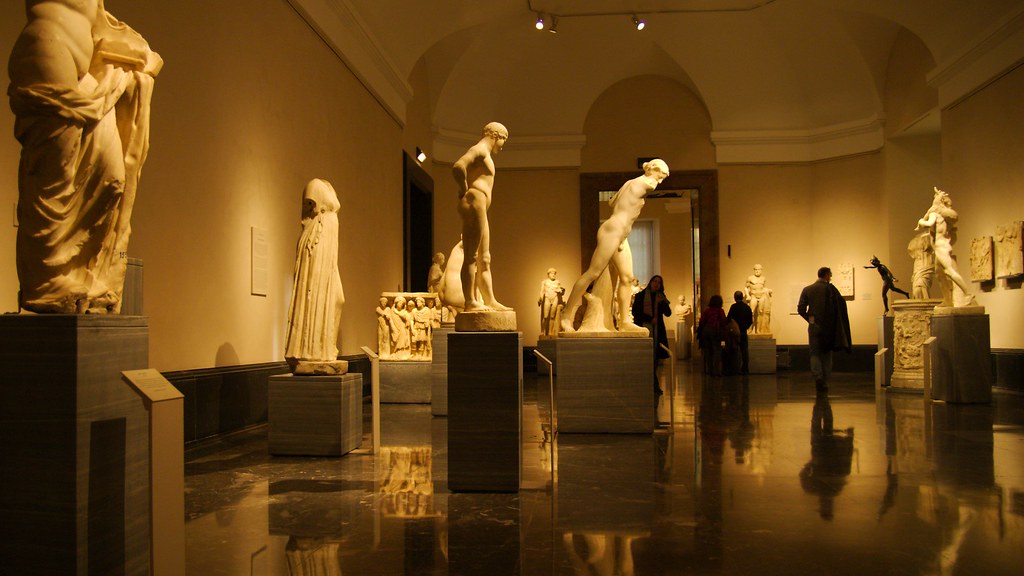
Opening Time of Prado Museum
Monday to Saturday, 10 AM – 8 PM
Sundays and holidays, 10 AM – 5 PM
Access to the Museum up to half an hour before closing
CLOSED: January 1st, May 1st, December 25th
January 6, December 24 & 31 – 10 AM – 2PM
How much is the ticket
for Prado Museum?
General: 7,5 €
Reduced: 3,75 €
General + “La Guía del Prado”: 16,05 €
Free admission:
Monday to Saturday from 6 p.m. to 8 p.m.
Sundays and holidays from 3 p.m. to 5 p.m.
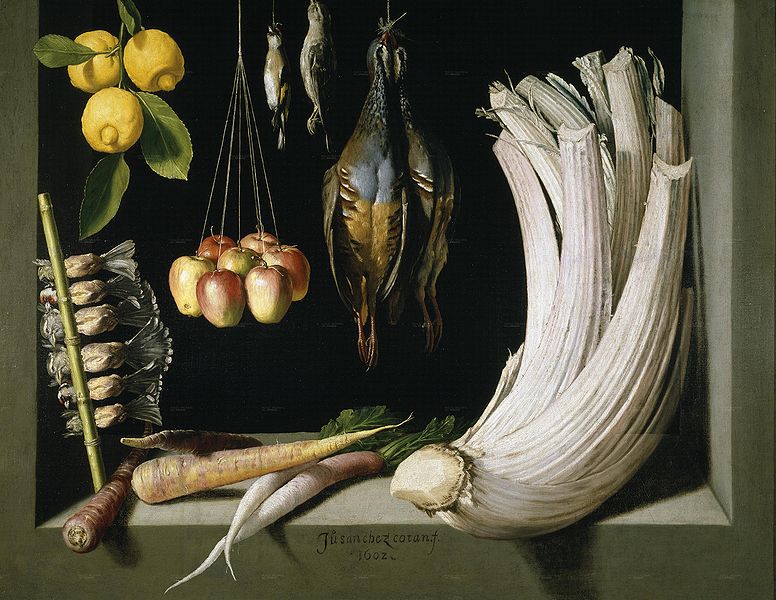
What You Must See in Prado Museum
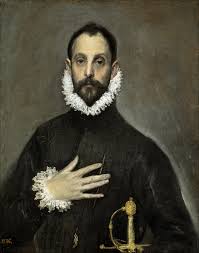
The Nobleman with his Hand on his Chest, 1580
El Greco
It is one of the most famous portraits among El Greco works in Toledo because of The impressive contrast of the white ruffs and the blank clothes. We are guessing that the gentleman on picture is Juan de Silva y Ribera, 3rd Marquis of Montemayor.

Las Meninas, between 1656 and 1657
Diego Velázquez
One of Velázquez's largest painting is Las Meninas. This means The Ladies-in-waiting in Spanish. In addition, it is one of the most famous masterpieces in art history influenced to many poets and novels. As you may find, he painted himself in the picture.
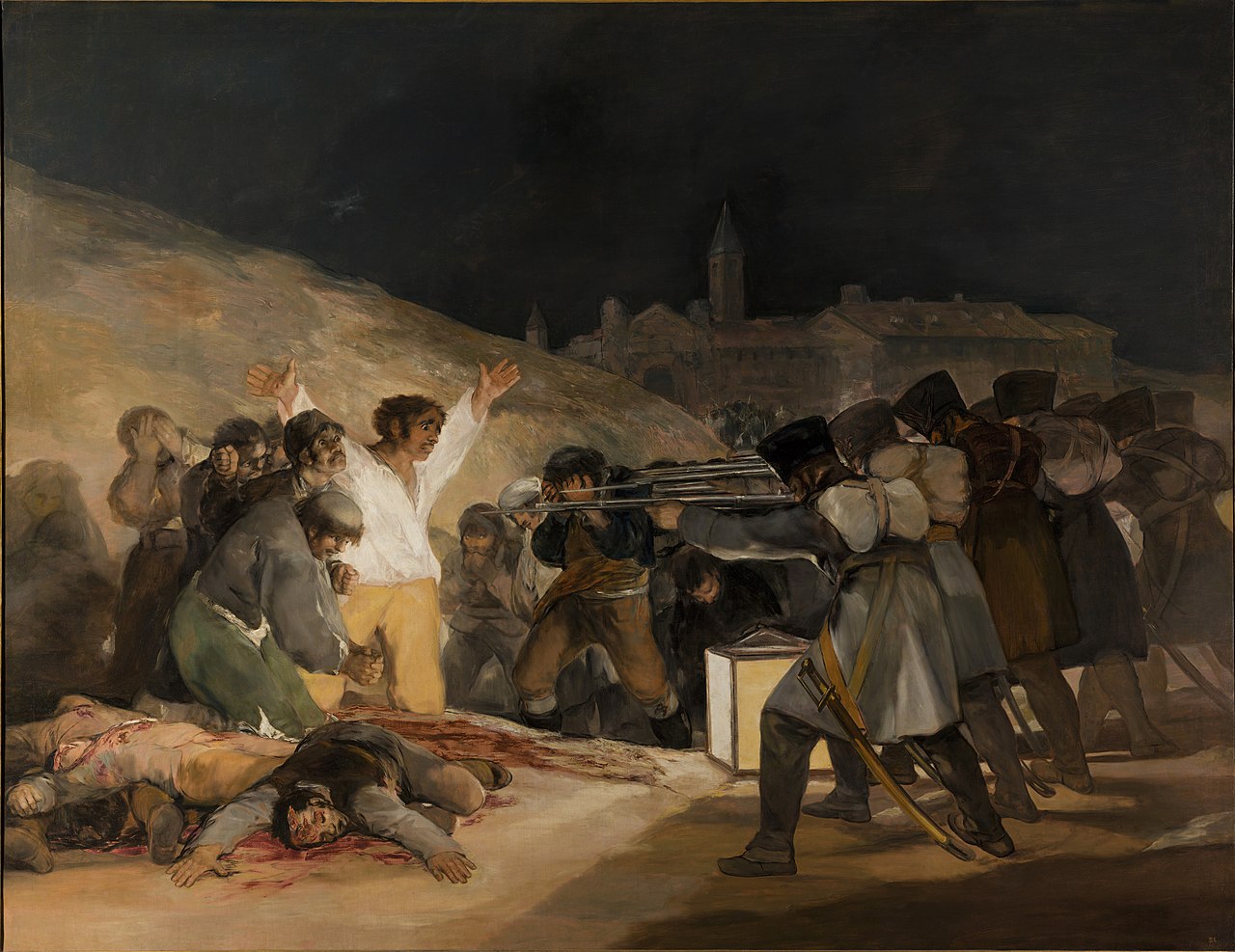
The Third of May 1808, 1814
Francisco Goya
The Third of May 1808 commemorates the events surrounding the Madrid. At that time of Madrid had uprising against the French occupying forces of the previous day. The nail marks on two hands of the man in the white shirts remind of sacrificed Jesus
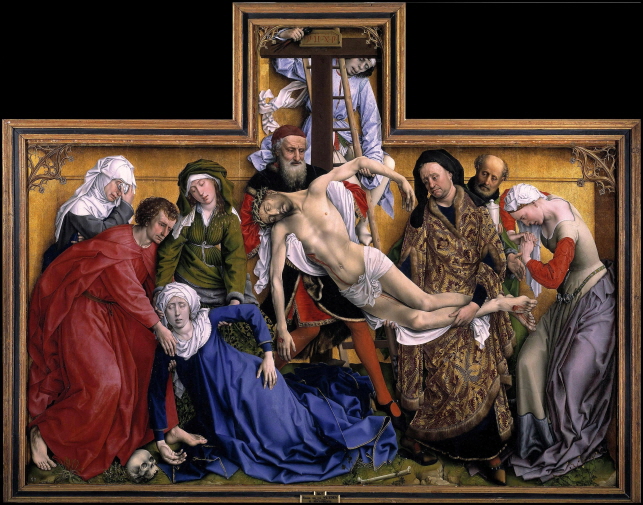
The Descent from the Cross, 1435
Rogier van der Weyden
Rogier van der Weyden was am Early Netherlandish painter as one of the three great Early Flemish artists in 15 century. And it brings humanity from the various sorrow faces of people in the picture.
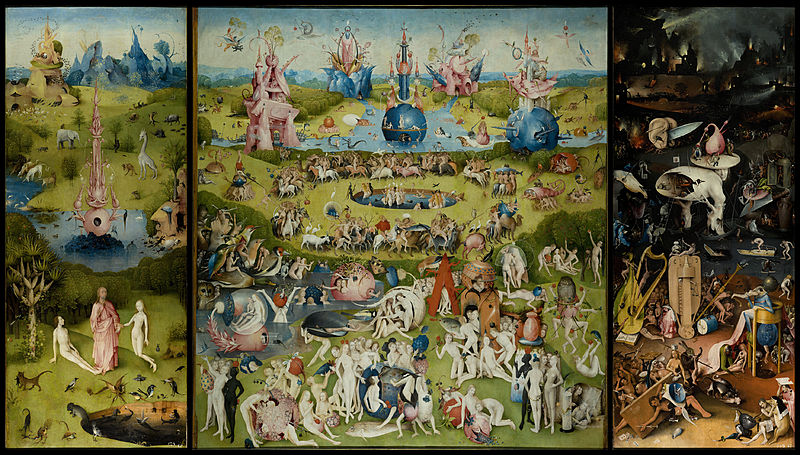
The Garden of Earthly Delights, between 1480 and 1505
Hieronymus Bosch
Bosch attempted to depict the whole of human experience from life to afterlife in three related canvases. Firstly, it represents Paradise on the left. The last on the right is hell. And in the centre lies The Garden of Earthly Delights.
Thyssen-Bornemisza Museum
(Museo Nacional Thyssen-Bornemisza)
“The second-largest private collection in the world and also connecting the era between Prado and Reina Sofia.”

Thyssen-Bornemisza museum is a part of “Golden Triangle of Spanish Art Museum”. The Prado and the Reina Sofia national museum are the other parts. It was private collections of Baron Thyssen-Bornemisza de Kászon, a German-Hungarian entrepreneur and art collector. After then, His son Baron Hans Heinrich Thyssen-Bornemisza relocated the collections to Spain where his wife’s country. The Museum officially opened in 1992. And the Spanish government bought all of collections from Baron a year later.
It is the second largest private collection in the world after the British Royal Collection. Mostly the collections are paintings from the 13th to the 20th century including Dutch artists. Most of them were influenced a lot to Spain art. Visitors can enjoy the works of many star artists overall in most areas.
How to get to
Thyssen-Bornemisza Museum?
Metro: Banco de Espana
Bus lines: 1, 2, 5, 9, 10, 14, 15, 20, 27, 34, 37, 45, 51, 52, 53, 74, 146 and 150
Train: Atocha, Sol and Recoletos stations
Address: Paseo del Prado, 8. 28014 Madrid
(+34) 917 911 370
cavthyssen@museothyssen.org
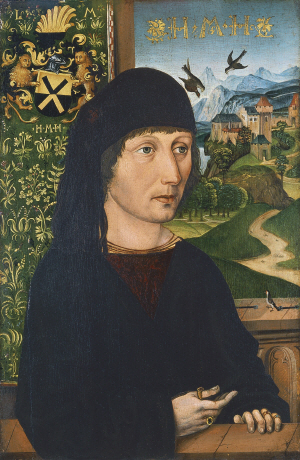
Opening time
of Thyssen-Bornemisza Museum
Permanent Collection:
Tuesday to Sunday: 10 am to 7 pm
Mondays: 12 noon to 4 pm, free admission sponsored
Temporary Exhibitions:
Tuesday to Saturday: 10 am to 9 pm. Sundays: 10 am to 7 pm
Close on 1st January, 1st May and 25th December.
On 24th and 31st December: from 10 am to 3 pm.
Between the end of June and the beginning of September, the museum will apply to summer time extending its hours
How much is the ticket for Thyssen-Bornemisza Museum?
General €13
Student/over 65+/large family member €9
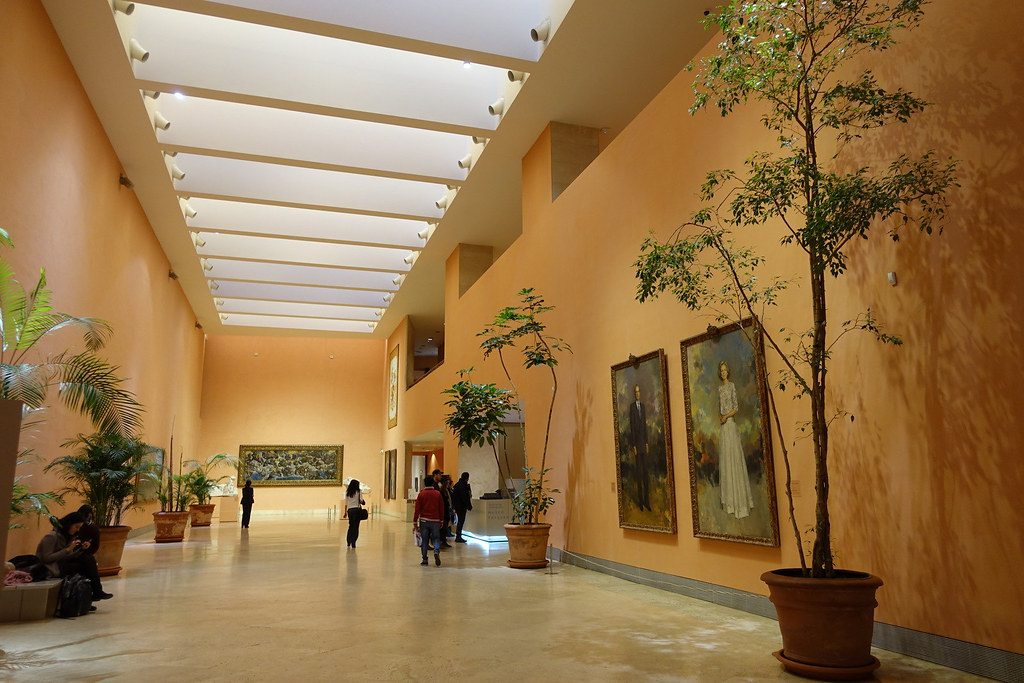
What You Must See in
Thyssen-Bornemisza Museum
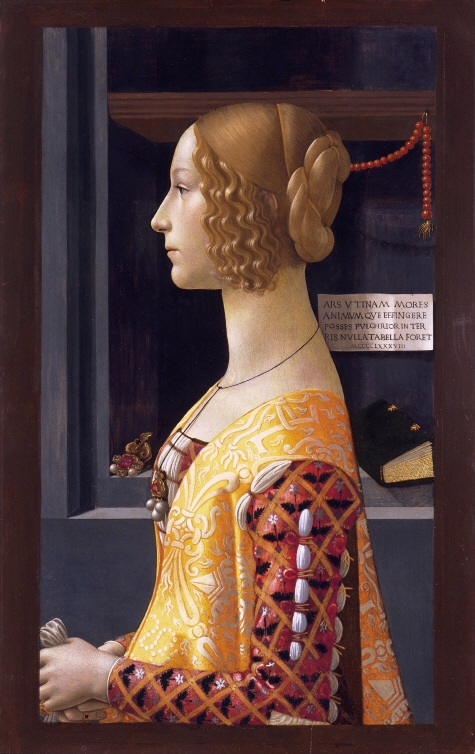
Portrait of Giovanna Tornabuoni, 1489–90
Domenico Ghirlandaio
This is a portrait of Giovanna degli Albizzi. She was a Florentine noblewoman married to Lorenzo Tornabuoni. Her husband commissioned the portrait after her death in childbirth in 1488. The painting depicts the elegance of the young lady of the 15th century Florentine by her elaborate clothes and accessories.
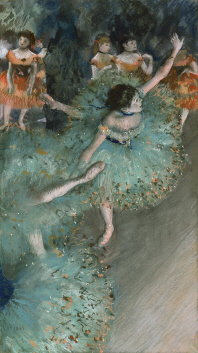
Swaying Dancer (Dancer in Green) 1877 – 1879
Edgar Degas
Degas was fascinated by the world of ballet. He tried to capture the motion of dancers using pastel on the canvas. Only one of the girls in green is shown full-length. And captured as she executes a swift. Moreover complicated turn. The other figures are cropped. It leaves the viewer to imagine the rest.
Reina Sofia Museum
Museo Nacional Centro de Arte Reina Sofía
“See the pick of Spanish Modern Art and Guernica, Guernica, Guernica!”

Reina Sofia Museum is following the name of Queen Sofia. It is Spain’s national museum of 20th-century art opened on 10th September in 1992. Fun fact is because the building was a hospital in 18th century. Highlights of the museum include excellent collections of Spain’s two greatest 20th-century masters, Pablo Picasso and Salvador Dalí.
How to get to
Reina Sofia Museum?
Bus
EMT Lines: 6, 10, 14, 19, 26, 27, 32, 34, 36, 37, 41, 45, 59, 85, 86, 102, 119, C1, C2 and E1
Train
A minute walking distance from the Atocha-RENFE Train Station
Metro
Line 1 Estación del Arte
Line 3 Lavapiés station
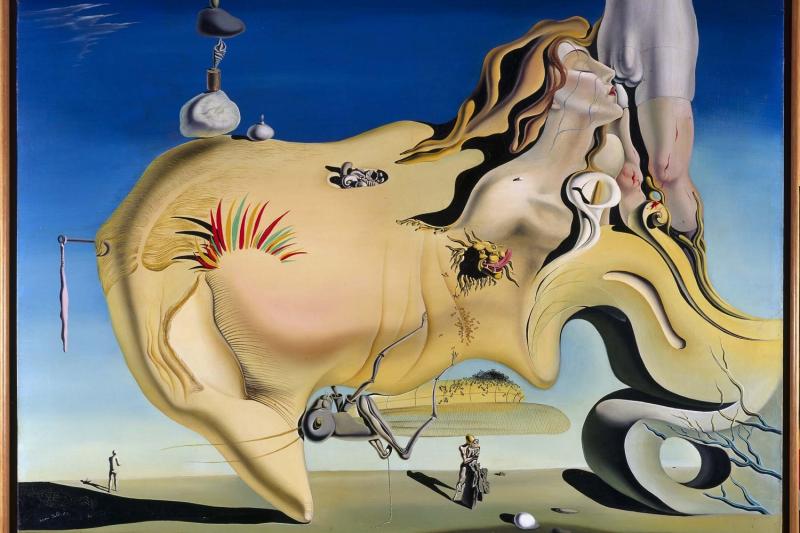
Opening Time
of Reina Sofia Museum
Monday 10AM – 9PM (Tuesday Closed)
Wednesday-Saturday 10AM – 9PM
Sunday 10AM – 2:30PM
Free of charge days
Monday, Wednesday, Thursday, Friday and Saturday 7PM – 9PM
How much is the ticket for Reina Sofia Museum
General Admission
Box office €5
Online: €4
+ management expenses
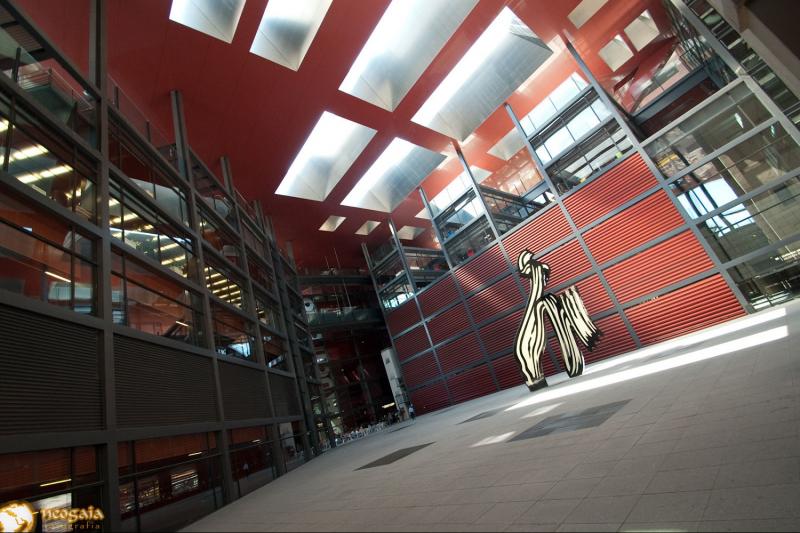
What You Must See in Reina Sofia Museum
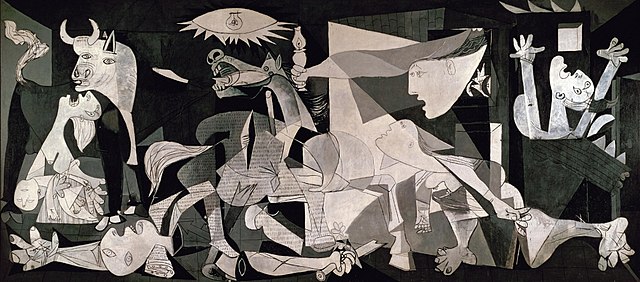
Guernica, 1937
Pablo Picasso
Guernica is placed on the 2nd floor as one of the most famous 20th century paintings. It is because it expresses his outrage over the Nazi bombing of a Basque city in northern Spain, ordered by General Franco. Since then, this monumental black-and-white canvas became an international symbol of genocide committed during wartime.
